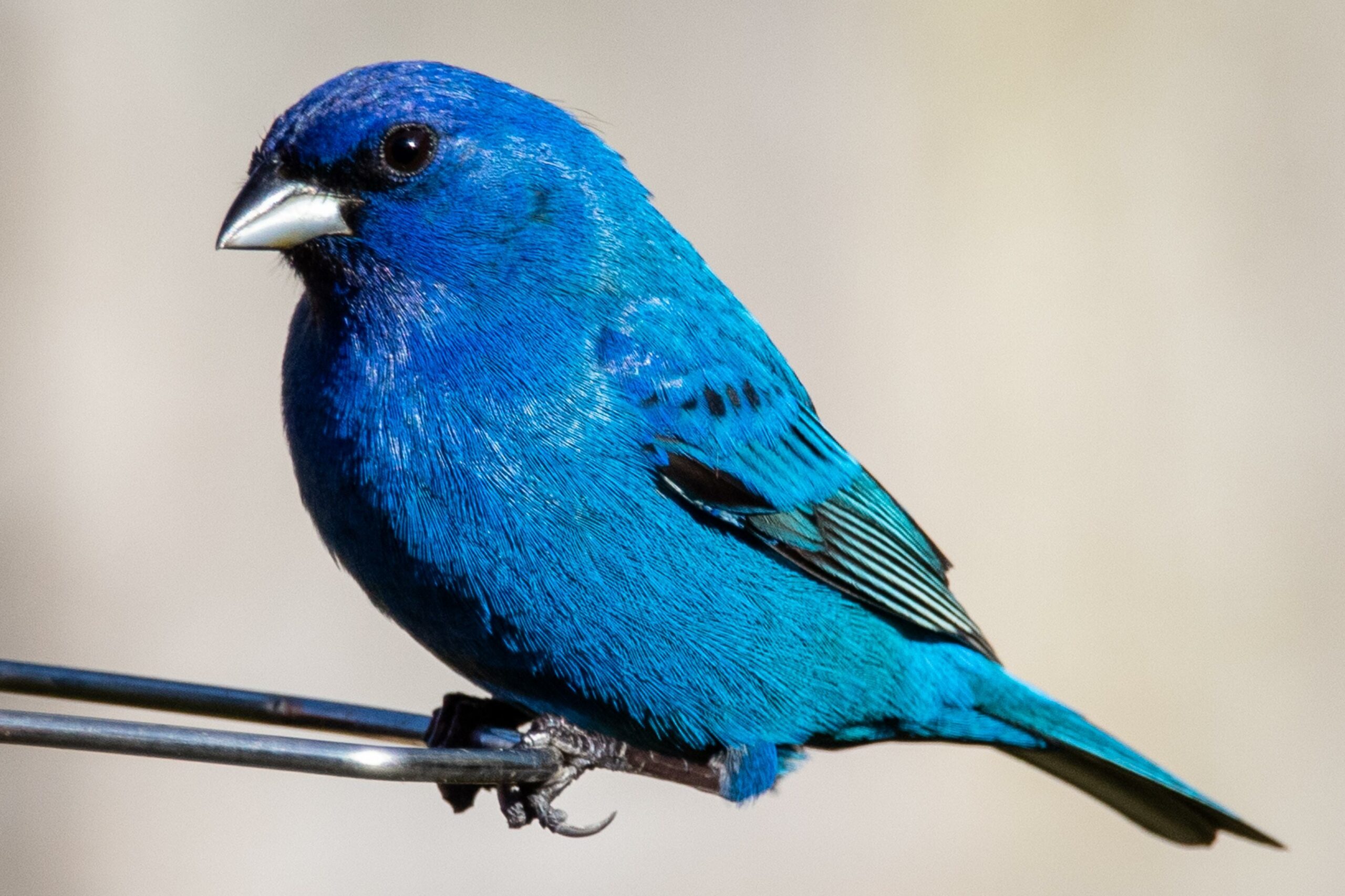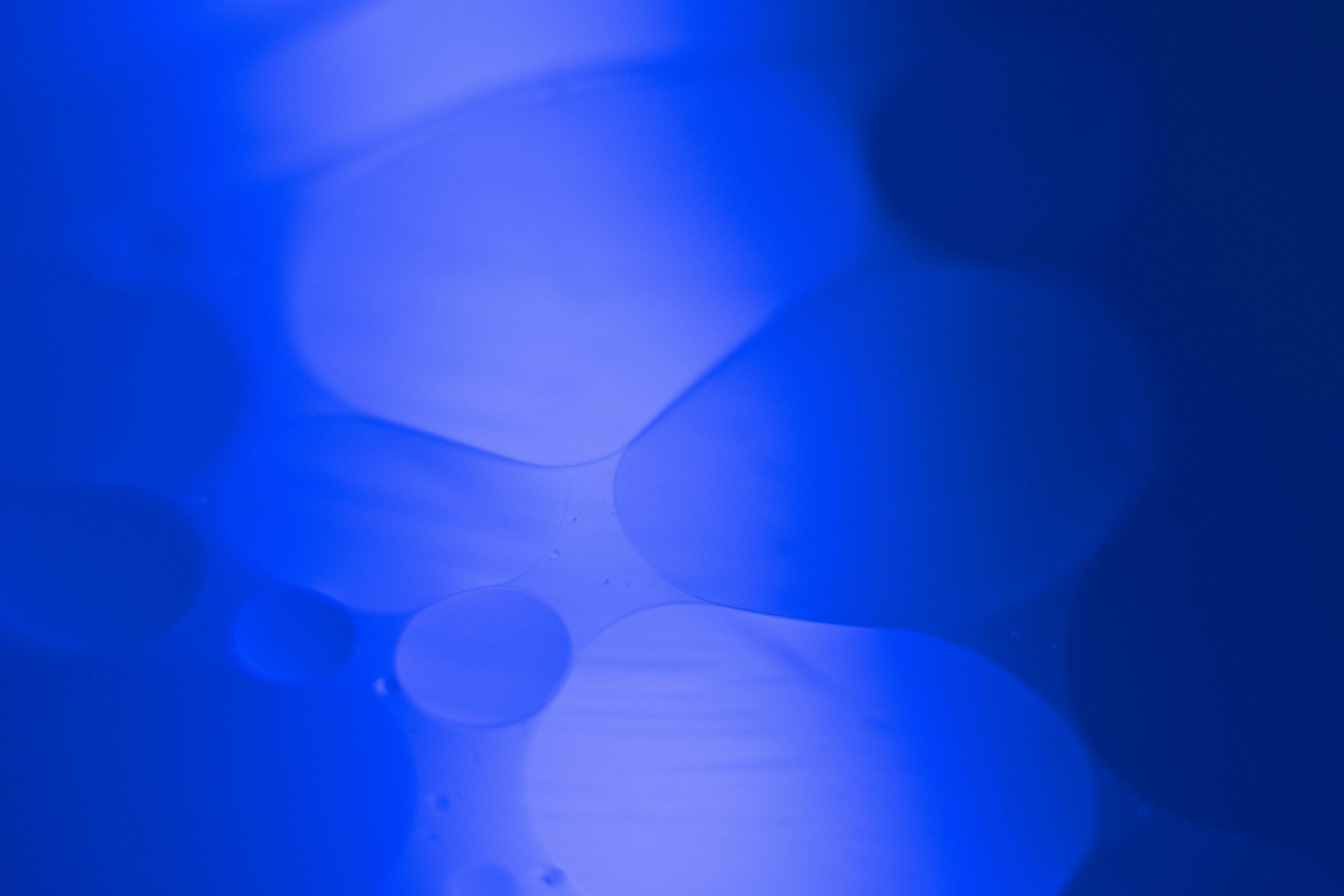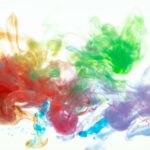Welcome to a captivating journey into the world of indigo dye, where rich history, vibrant chemistry, and cultural significance intertwine. As an experienced textile expert and passionate advocate for historical preservation, I have dedicated my career to unraveling the mysteries of indigo dye. In this article, we will delve into surprising facts about indigo dye, exploring its origins, intricate manufacturing process, and contemporary applications. So sit back, and prepare to be captivated by the captivating allure of indigo dye.

Facts About Indigo Dye
Indigo dye holds a vital place in the world of textiles, with a rich and diverse heritage spanning ancient civilizations. In this article, we will delve into the captivating history, intricate manufacturing process, and contemporary applications of indigo dye. So, let’s embark on a journey to uncover interesting facts about this mesmerizing pigment.
1. Indigo’s Global Roots
Indigo dye has a truly global history, with ancient cultures across China, India, Africa, and South America simultaneously using it. Its widespread presence across continents showcases its immense popularity and cultural significance. Did you know that the oldest known indigo-dyed cloth, dating back an astonishing 6,000 years, was discovered in Peru? This incredible find highlights the enduring legacy of indigo dye.
Indigo dye’s global prevalence throughout history is a testament to its enduring appeal and cultural value.
2. The “Blue Gold” of India
In the world of trade, blue indigo from India held unrivaled value, earning it the title of “blue gold.” The rich blue hue produced by Indian indigo was renowned for its intense color and exceptional quality. The plant-based indigo dyeing process, particularly utilizing the Indigofera tinctoria plant, yielded a large quantity of dye and resulted in a superior shade of blue. It’s no wonder Indian indigo captured the hearts of traders and became highly sought after.
Indian indigo dye, with its vibrant blue color and superior quality, held immense worth and was treasured like precious gold.
3. The Complex Chemistry of Indigo Dye
Indigo dye presents a unique challenge due to its insolubility in water. This characteristic necessitates a specific dyeing process to unlock its full potential. The traditional method involves fermenting indigo leaves in large vats during the late summer months. This intricate process harnesses the power of bacteria, transforming the indigo pigment into a soluble form suitable for dyeing. The chemistry involved in the production of indigo dye is nothing short of fascinating.
Indigo dye’s insolubility creates a captivating puzzle for chemists, who unlock its potential through a meticulous fermentation process using bacteria.
4. Indigo’s Unrelenting Influence
Indigo dye played a prominent role in ancient civilizations, leaving an indelible mark on various cultures. From Mesopotamia and Egypt to Britain and Mesoamerica, indigo’s influence extended far and wide. Its stunning blue color adorned clothing, symbolizing status, beauty, and tradition. Indigo dye resonated deeply with these civilizations, serving as a testament to its universal appeal.
Indigo dye weaves a vibrant thread through the tapestry of history, influencing civilizations across the globe and leaving an everlasting imprint.
5. The Versatility of Indigo Dye
Although indigo is primarily associated with denim cloth and blue jeans, its applications extend beyond the world of cotton. While it is widely used to dye cotton yarn for denim production, indigo also finds its way into the realms of wool and silk dyeing. Additionally, an indigo derivative called indigo carmine serves as a colorant and food dye. The versatility of indigo opens up a world of possibilities for textile enthusiasts and creative individuals alike.
Indigo dye’s adaptability allows it to breathe life into various textiles, showcasing its versatility and expanding its impact beyond denim.
In Conclusion
Indigo dye stands as a testament to the rich history and cultural heritage of textiles. Its roots span across continents, its manufacturing process is steeped in chemistry, and its applications continue to evolve. From the prized “blue gold” of India to the enduring influence on ancient civilizations, indigo dye serves as a captivating pigment with a story worth preserving.
Join us on this colorful journey as we explore the intricate world of indigo dye and unravel its hidden treasures.
Disclaimer: The opinions expressed in this article are those of the author based on their experience, expertise, and knowledge of the subject matter.
Indigo is truly a captivating color, with a rich history and intriguing facts that will leave you wanting to learn more. Did you know there are several interesting facts about indigo? From its association with royalty and spirituality to its use in traditional textiles and dyeing techniques, indigo has played a significant role in many cultures throughout history. If you’re curious to explore these fascinating facts further, click here and prepare to be amazed by the wonders of indigo.
Facts about Indigo Dye
Indigo dye has a fascinating history dating back centuries. If you’ve ever wondered about the origins and evolution of indigo dye, click here to explore the captivating history of indigo dye. Discover how this deep blue pigment was used in ancient civilizations and how it became an integral part of various cultures and traditions. From its roots in ancient India to its modern-day applications, the history of indigo dye is truly captivating.
Did you know that indigo dye possesses unique properties that set it apart from other dyes? To uncover the mesmerizing properties of indigo dye, click here. Learn about its exceptional colorfastness, which allows textiles dyed with indigo to retain their vibrant hue for extended periods. Delve into the fascinating chemistry behind the indigo dyeing process and uncover the secrets of why indigo dye is known for its rich and lasting color.
Indigo dye has a multitude of uses, extending far beyond just fashion and textiles. Click here to explore the diverse applications and uses of indigo dye. Discover how indigo has been used throughout history for medicinal purposes, from healing wounds to soothing skin conditions. Unleash your curiosity and explore the countless ways in which indigo dye has left its mark on various industries and cultures.
Remember, the history, properties, and uses of indigo dye are waiting to be unveiled. Click the links below to satisfy your curiosity and embark on an unforgettable journey into the world of indigo.
The Magic of Indigo Dyeing: An Ancient Art Transformed
[youtube v=”aZsWBxkKQys”]
The Art of Shibori: Creating Patterns with Indigo Dye
Indigo dyeing is often likened to a magical process, an alchemy that turns fabric into vibrant blue masterpieces. In this age-old craft, known as shibori, cotton, silk, and bamboo fabrics are transformed using a Japanese technique that involves binding certain areas of cloth to resist the dye. As a result, unique and intricate patterns are created when the dye is applied.
Indigo: A Color with a Rich History
Indigo dye has a fascinating history that dates back over 6,000 years. Ancient civilizations across China, India, Africa, and South America all utilized the captivating blue hue that indigo offered. Remarkably, the oldest known indigo-dyed cloth, discovered in Peru, is a testament to the enduring legacy of this dye. Indian indigo dye, often referred to as “blue gold,” was highly prized for its deep color and exceptional quality, symbolizing status, beauty, and tradition.
The Mysterious Process of Indigo Dyeing
Unlike other dyes, indigo is insoluble in water, requiring a specific fermentation process to extract its pigment. Indigo leaves are carefully fermented, resulting in a vat of dye that appears green. However, when fabric is immersed and then exposed to air, a magical transformation occurs right before your eyes. The fabric emerges from the dye bath green, only to miraculously turn blue as it oxidizes. This enchanting metamorphosis adds to the allure and mystique of indigo dyeing.
Beyond Denim: Indigo’s Versatility
While indigo dye is famously associated with denim jeans, its applications extend far beyond the realm of fashion. It is also used for dyeing wool and silk, as well as in the creation of various textiles. Additionally, indigo dye finds its way into unexpected domains, such as food coloring. Its versatility knows no bounds, as it continues to evolve and find new purposes in different industries.
Embracing a Rich Heritage
Indigo dyeing is not merely a craft; it is a gateway to exploring the rich history and cultural heritage of textiles. The practitioners who partake in this art form are often individuals who possess a deep appreciation for the tactile nature of creating with their hands. Whether they are weavers, sewers, or knitters, these artisans feel a profound connection to the indigo dyeing process, embracing tradition and creating something truly remarkable.
In the words of a participant in an indigo dyeing workshop, “The people who are here are people who like to make things with their hands… they’re just interested in working with something that they can feel and touch.” This sentiment encapsulates the passion and joy that can be found in the magical art of indigo dyeing.
“Indigo dye is not just a color; it is a witness to the rich history and cultural heritage of textiles.”
“Indigo dyeing allows us to create patterns that evoke a sense of wonder and appreciation for ancient traditions.”
“The indigo dyeing process is like a journey of transformation, where fabric comes alive with vibrant hues.”
“Indigo: a color that has captivated civilizations for thousands of years, and continues to inspire creativity today.”
FAQ
Question 1
What is the history of indigo dye?
Answer 1
Indigo is one of the oldest dyes in the world and was used concurrently in ancient China, India, Africa, and South America. Blue indigo from India was highly prized and considered as “blue gold” due to its high value in trade. The oldest known indigo-dyed cloth was found in Peru and dates back 6,000 years.
Question 2
How is plant-based indigo dye produced?
Answer 2
Plant-based indigo dyeing involves harvesting indigo leaves in the late summer months and fermenting them in large vats. The dyeing process requires a specific technique as indigo is not soluble in water.
Question 3
What are the primary uses of indigo dye?
Answer 3
The primary use for indigo is as a dye for cotton yarn, particularly in the production of denim cloth for blue jeans. Smaller quantities of indigo are also used in the dyeing of wool and silk. Additionally, an indigo derivative called indigo carmine is used as a colorant and food colorant.
Question 4
Which plants are natural sources of indigo dye?
Answer 4
Natural sources of indigo dye come from plants in the Indigofera genus. The Indigofera tinctoria plant from India yields a large amount of dye and produces a higher quality blue compared to other indigo plants. Other sources include Strobilanthes cusia and Polygonum tinctorum.
Question 5
What are some cultural influences of indigo dye?
Answer 5
Indigo dye was common in ancient civilizations, including Mesopotamia, Egypt, Britain, Mesoamerica, Iran, and West Africa. Its trade routes and influence on various cultures have shaped its cultural significance throughout history.















